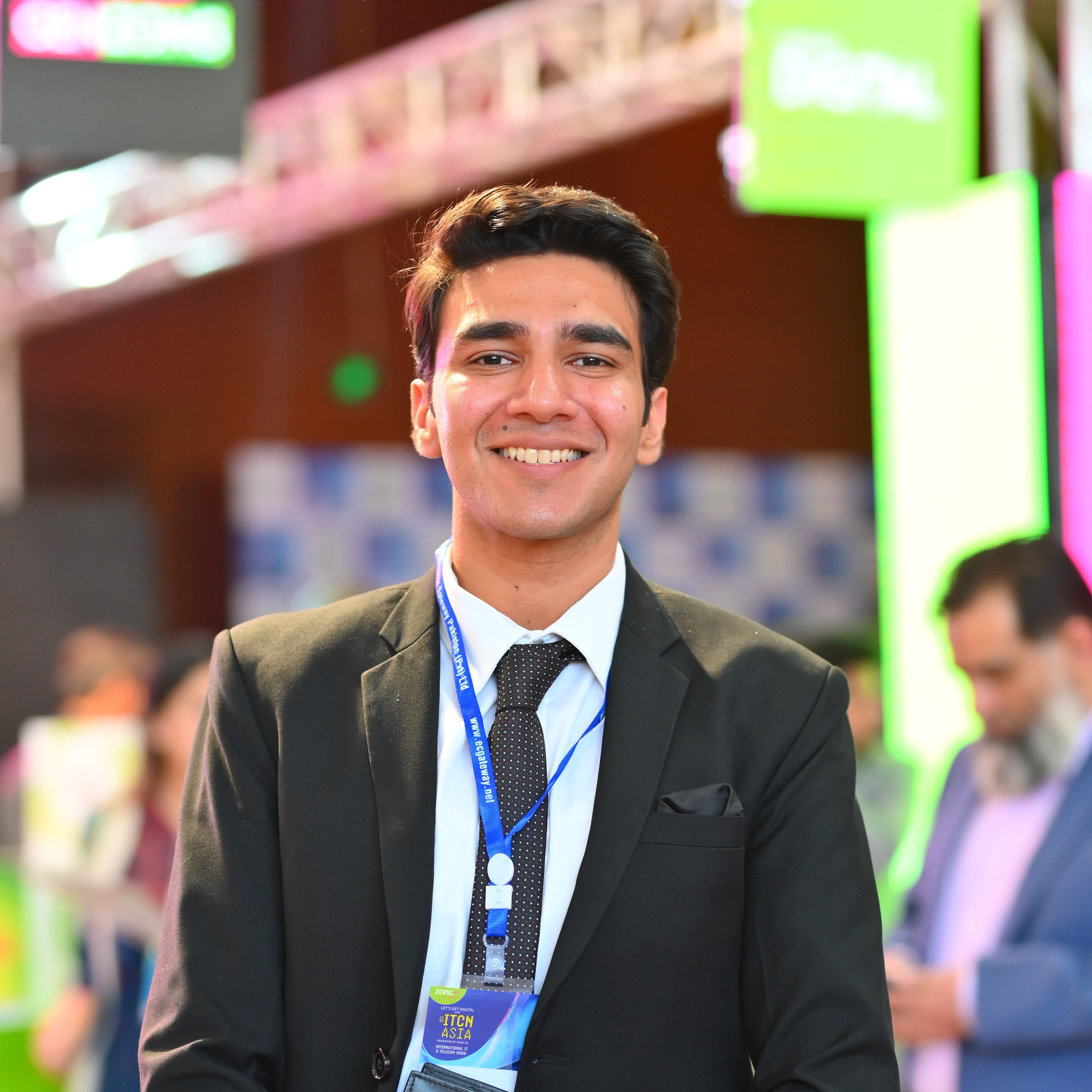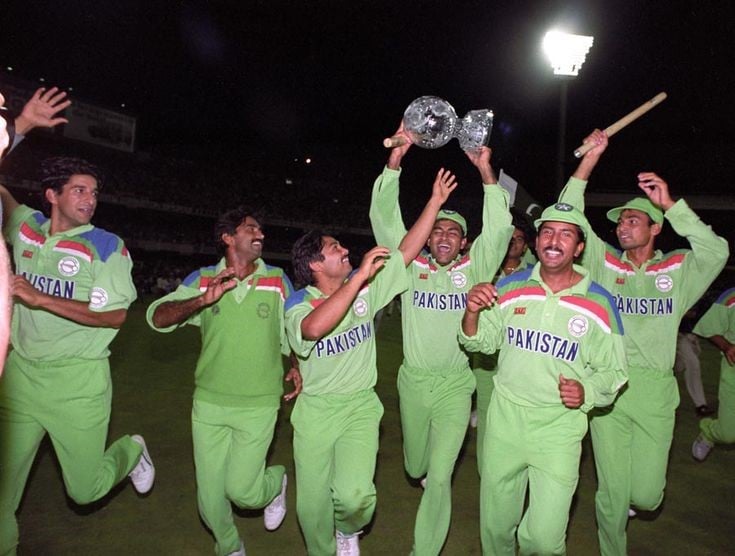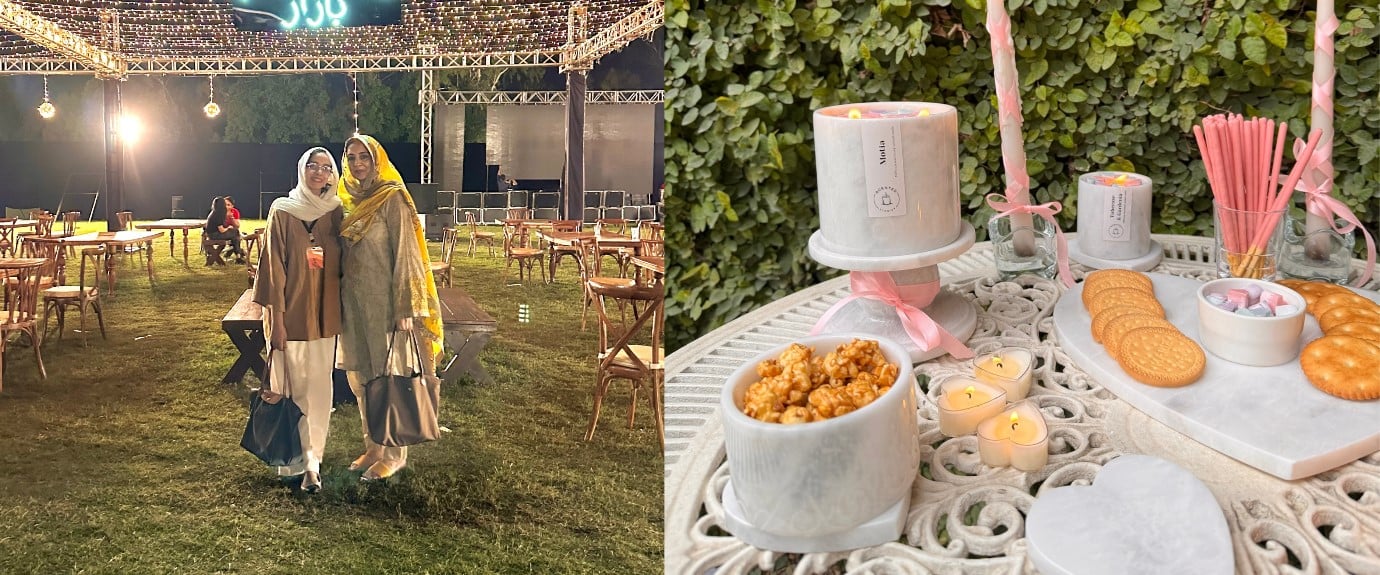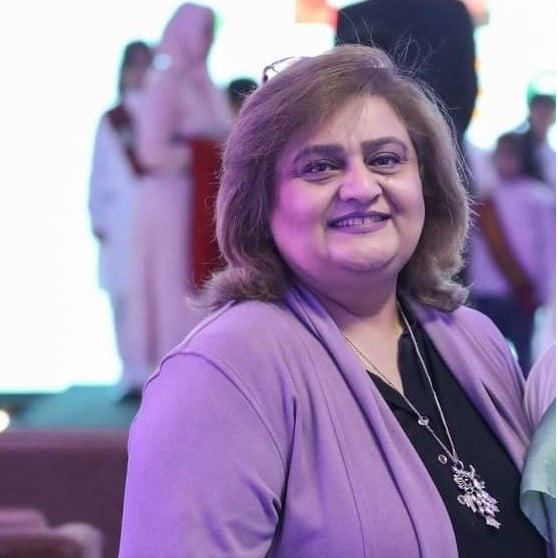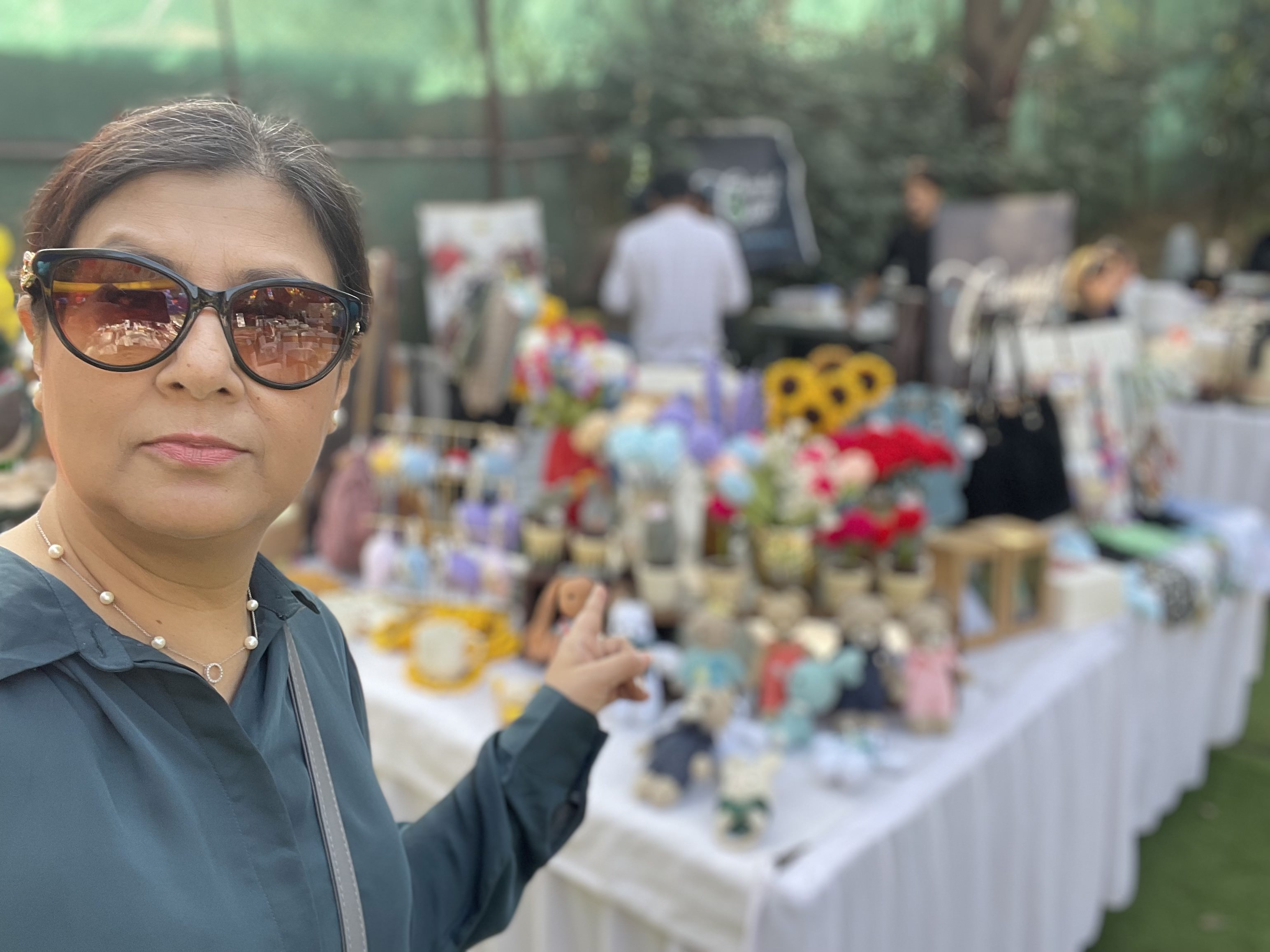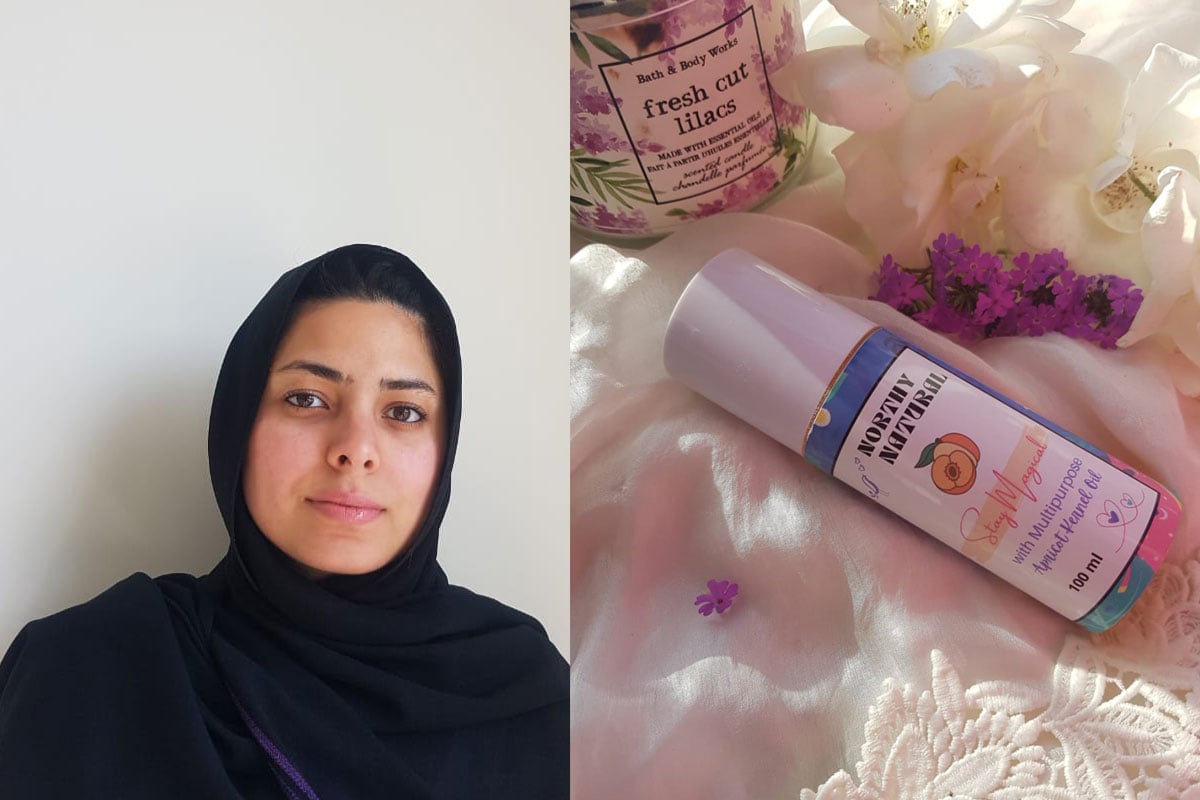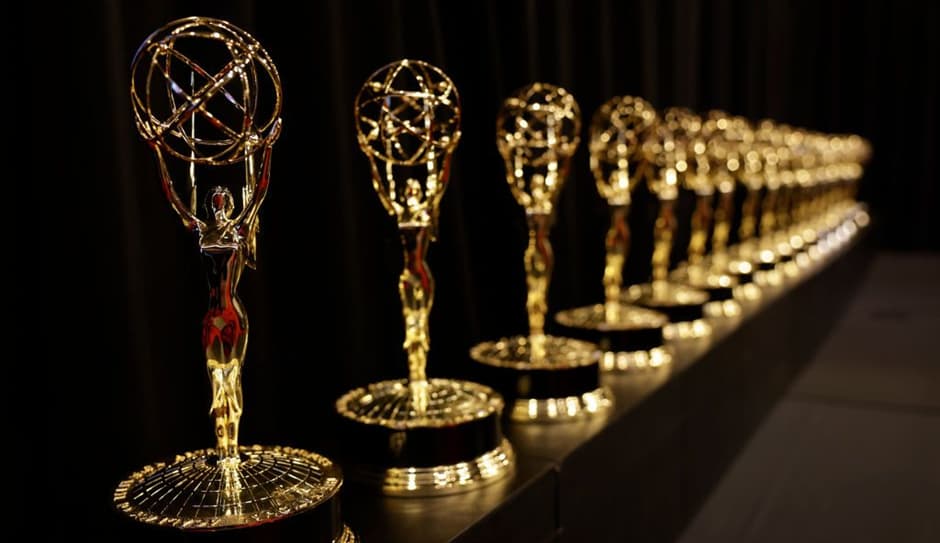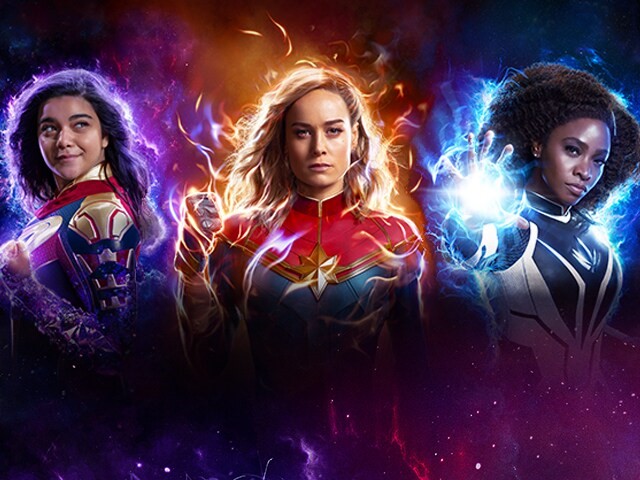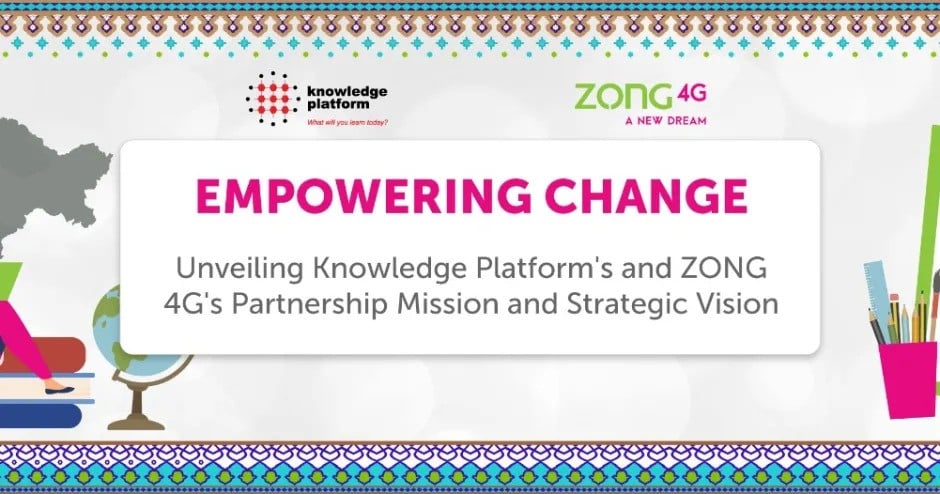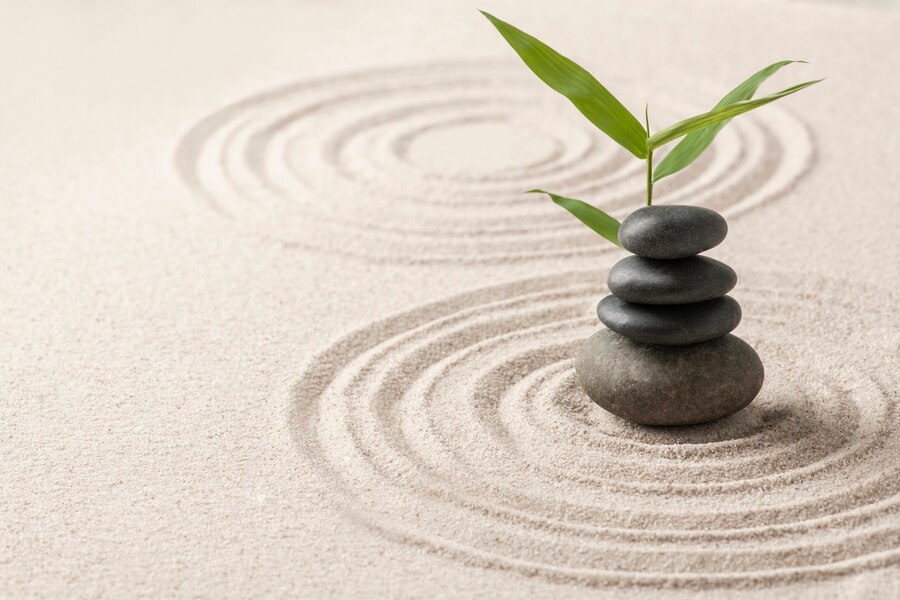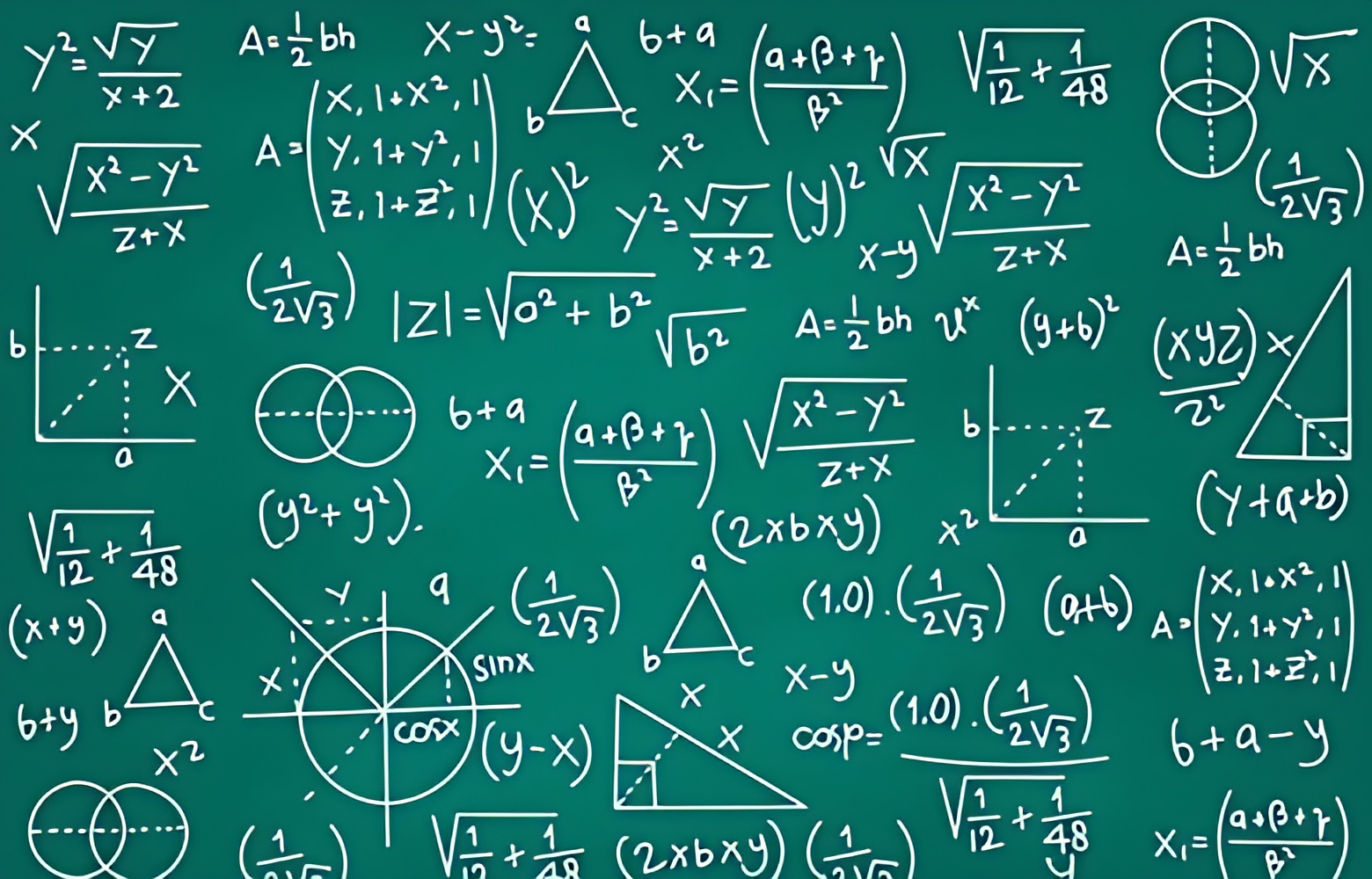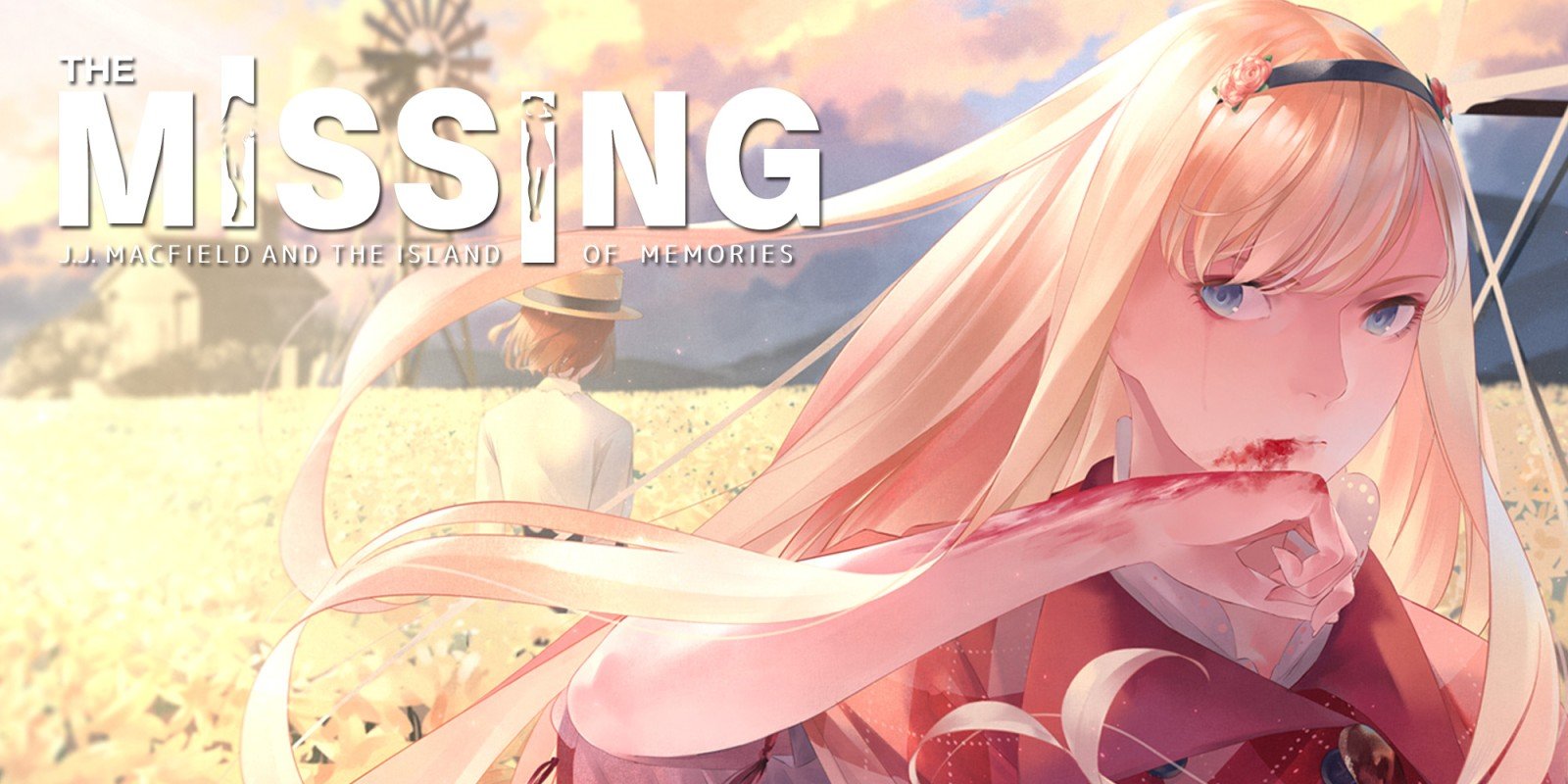The Evolution of Cultural Synchronization Between Pakistan and the West
4 minutes read
In a recent exchange, I delved into an intriguing theory about generational classifications and cultural experiences. The theory is anchored by the concept that generational classification is largely based on shared cultural experiences along with exposure amongst a group of people born within a specific timeframe. However, this theory becomes particularly fascinating when considering the context of different regions, especially while comparing Western or American culture with that of Pakistan.
Historically, Pakistan has experienced a cultural delay relative to the West, particularly evident before the digital and internet revolution. It was often said that Pakistan lagged behind about ten years from the West. This meant that trends in shows, movies, technology, fashion, and more, which emerged in the West in the 1980s, would typically make their way to Pakistan in the 1990s.
For instance, those born in Pakistan in 1997 would share cultural experiences with Americans born between 1987 and 1990. This aligns them more closely with the Millennial generation in the US, characterized by the cultural and technological touchstones of that era.
However, this cultural lapse has significantly diminished for those born after 2000. The exponential rise in technology and innovation has reduced the traditional ‘generational gap’ from a decade to approximately 3-4 years. This rapid advancement has effectively accelerated Pakistan's cultural synchronization with the West.
Technological advancements, over the years, starting from the widespread adoption of CDs, MP3s, and the internet in the early 2000s followed by the shift to touch screens and smartphones up till the advent of social media, have played a crucial role in this shift.
Today, the cultural exchange between Pakistan and the West happens almost instantaneously, thanks to the internet and social media (a topic of discussion for another time). Trends, news, and innovations are no longer delayed by years but are accessible in real time. This immediate connectivity has reshaped generational classifications in Pakistan to align more closely with those in the West.
The synchronization of cultural experiences between Pakistan and the West highlights the profound impact of technology on generational classifications. While there was once a significant delay in cultural transmission, modern technology has bridged this gap, fostering a more globally connected and culturally synchronized world.
An Opinion on the Cultural Crossover and Its Implications
As Pakistan rapidly aligns its cultural experiences with the West, it finds itself at the crossroads of an evolving identity. The rapid adoption has led to an amalgamation of cultures, blending Western and subcontinental elements.
In the past, cultural blends occurred only when groups of people lived in close proximity to one another. A prime example is the similarities in the cultures of people living in the subcontinent despite the diversity in their natures ranging from language to religion to ethnicity. Today, with the acceleration of technological advancement, the same is possible regardless of the distance. Such is the case with Pakistan and the West.
On one hand, this cultural amalgamation serves as a strength, enabling Pakistanis to become global citizens more easily. Exposure to diverse global trends and ideas fosters adaptability and broadens perspectives, assisting us in shedding slightly problematic practices and traditions that are not the most favorable in the true spirit of humanity, positioning Pakistanis to thrive in a globally interconnected world.
However, there is a caveat. The infusion of Western culture into Pakistani society, while enriching it, also risks eroding the unique cultural heritage that defines Pakistan's identity. Positive traditions and values might be overshadowed by the dominant global culture, leading to a potential loss of cultural distinctiveness. This can result in a sense of alienation among individuals who may feel disconnected from their own homeland and its rich cultural history.
The challenge lies in striking a balance between embracing global influences and preserving the rich cultural heritage , that is intrinsic to Pakistan's identity. It calls for conscious efforts to celebrate and integrate traditional practices with modern innovations, ensuring that the unique cultural tapestry of Pakistan remains vibrant, and most importantly relevant and updated. In this way, Pakistan can navigate the complexities of cultural synthesis while safeguarding its distinct identity for future generations.
